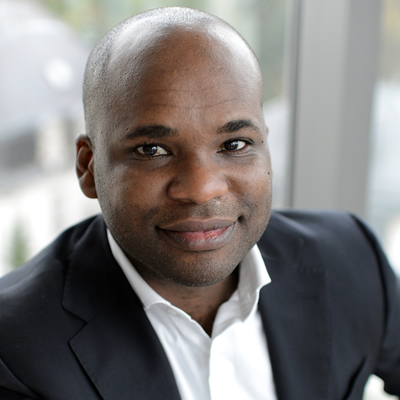Bond management and recent developments in asset management with a tangible impact
"In every country, there are many people who have little prospect of a better future. Lacking hope, purpose or dignity, they watch from society’s sidelines as they see others pull ahead to ever greater prosperity. Worldwide many have escaped extreme poverty, but even more have neither the opportunities nor the resources to control their lives. Far too often gender, ethnicity or parents’ wealth still determines a person’s place in society.”
In the past, when we considered sustainable development, we focused on investments that have an impact at the base of the economic pyramid, where people are living on just a few dollars a day. In our impact portfolio, our goal has always been to generate tangible positive change in the daily lives of the poor and their communities. In particular, we wanted to help facilitate their access to capital.
But, in order to make the way we manage our assets a vector for change and contribute to solving some of these social issues, we needed to adapt the way we invest. We started by studying the regulations and identifying what leeway we had for microfinance investments. We were rigorous in our approach and initially only targeted countries where our analysis of the political and regulatory context confirmed that microcredit activity was working correctly. Our investment targets consisted of intermediaries that were almost exclusively developing a portfolio of loans for entrepreneurs (rather than consumer credit or any other activity not directly involved in value creation).
Some countries that came in below the radar of our more traditional investments (sovereign bonds or emerging market corporate debt), naturally formed part of our impact investment universe despite the absence of a mature capital market. This was the case for Bolivia, Kyrgyzstan, Sri Lanka and Cambodia, for example.
The impact investment universe has little in common with ‘traditional’ bond investments. Nevertheless, it allows the objective of a social return to be achieved with a degree of precision as well as ensuring a minimum financial return. And our ability to combine financial innovation — based on our expertise in capital markets and the structuring of investment vehicles — with social innovation as developed and presented by our partners, has enabled us to generate and nurture a social impact at the same time as ensuring we achieve a financial result, both in the interest of our investors and of the micro-entrepreneurs who are operating in remote areas like rural Sri Lanka. As time has gone by, we have continually sought to diversify our modes of action as well as the nature of our investment targets.
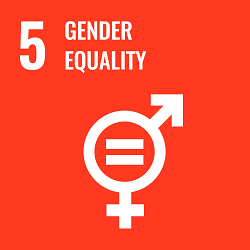
In fact, from simple microcredit, we have progressively widened our field to financing accessible housing for the poor, agricultural equipment and more recently, we have been actively involved in financing access to renewable energy for disadvantaged populations.
The advent of sustainable development goals in 2015 enabled us to create a better structure for our approach. In light of the events of recent years, whether social, environmental or climate-related, we are increasingly aware of the inequalities created by the growth models adopted by countries all over the world (from China to the United States). The escalation of protest movements: the outraged, Occupy Wall Street, youth uprisings in Tunisia and Egypt, the yellow vests in France, etc... attest to this need for greater equity in our development models and hence in our investment solutions.
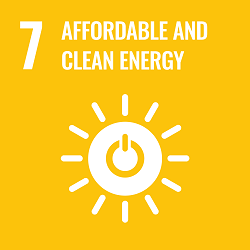
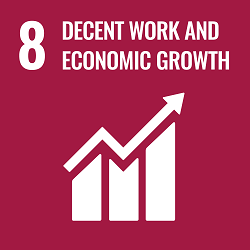
More recently, and thanks to the initiative to achieve sustainable development goals (SDGs) by 2030, we are witnessing a slow but real transformation of one asset class in particular: the bond market. The various elements mentioned above and the aim of governments, but also and above all of society as a whole, to make development more equitable are giving rise to the emergence of a new category of investment – green bonds. This generic term encompasses a significant number of impact solutions accessible to individuals and investment vehicles subject to regulations on the use of eligible financial instruments in their portfolios.
Naturally, we are integrating this new solution to complement our involvement at the base of the economic pyramid. By using green bonds, we are able to target different types of projects, most of which deal with infrastructure or environmental and climate concerns (SDG 11 and 13 for example, in addition to SDG 1, 3, 5, 7, 8 and 10 that are targeted by our alternative impact portfolio).
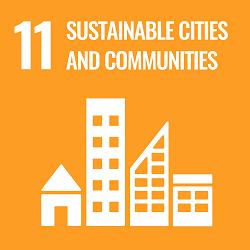
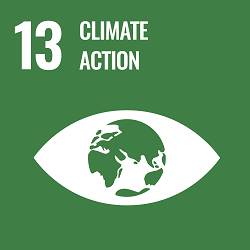
___________________
Source of the quote in the introduction: Human Development Report 2019, UNDP
